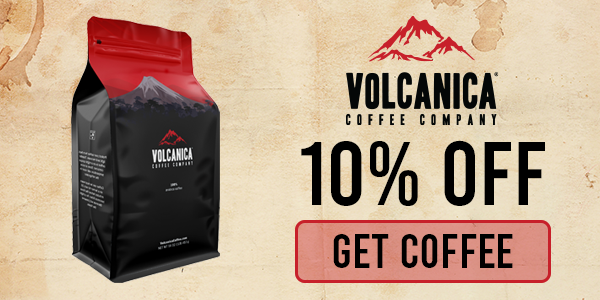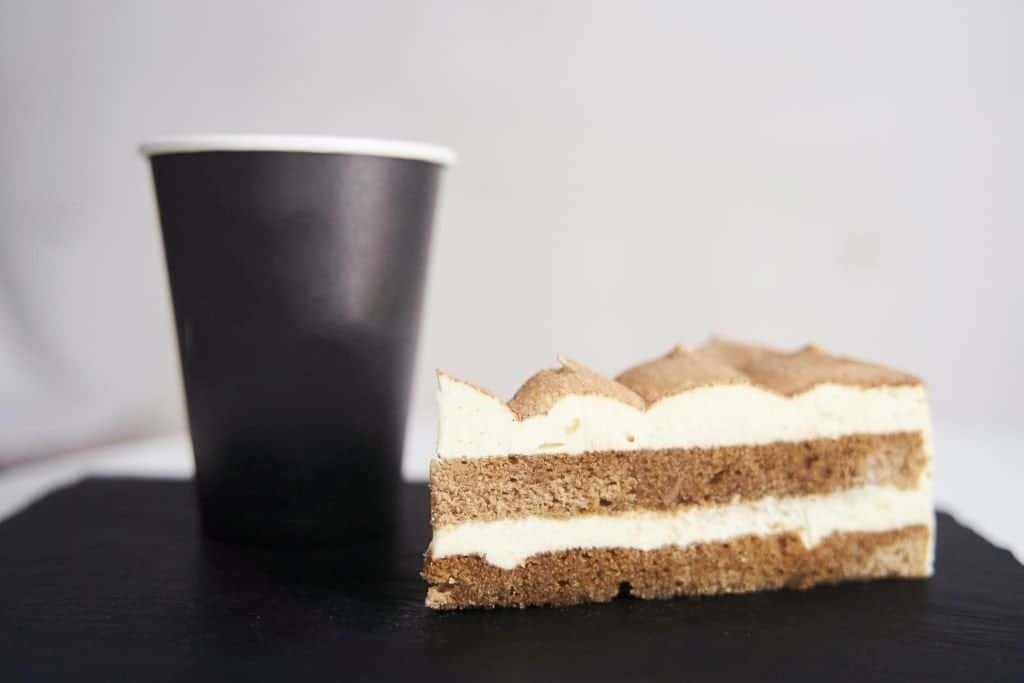Unlocking the full potential of your Breville Barista Pro starts with understanding the ideal grind size for your coffee. In this article, we’ll explore the factors influencing grind size, and share tips to fine-tune it for a perfect brew.
Whether you’re an espresso aficionado or a cappuccino connoisseur, our guide will help elevate your home-brewing experience. So, grab a cup of coffee and join us as we delve into the world of grind size and the Breville Barista Pro.
Key Takeaway 💭
Find the ideal grind size for Breville Barista Pro by experimenting with coffee beans, roast levels, and extraction times (25-30 seconds) using a 2:1 water-to-ground ratio, adjusting for personal taste preferences.
Factors Influencing Grind Size
Before we get into the “perfect” grind size, let’s talk about things that influence the taste of coffee.
Coffee Bean Type
The type of coffee bean significantly impacts the grind size and resulting flavor profile. Beans from different origins, such as Ethiopia, Colombia, or Brazil, possess unique characteristics, which affect the extraction process.
Experimenting with different beans will help you find the perfect match for your taste preferences and your Breville Barista Pro.

Roast Level
The roast level plays a crucial role in determining the ideal grind size. Lighter roasts have a denser structure, often requiring a finer grind to achieve proper extraction, while darker roasts are less dense and generally require a coarser grind to prevent over-extraction and bitterness. Understanding the correlation between the roast level and grind size can significantly enhance your coffee’s taste.
Brewing Method
Your preferred brewing method directly influences the grind size needed for optimal extraction. For example, espresso requires a fine grind to create the necessary resistance for pressurized water, while pour-over and drip methods benefit from a medium grind, which allows for a slower extraction.
French press, on the other hand, works best with a coarse grind to prevent over-extraction and ensure a smooth, balanced flavor.
Personal Taste Preferences
Ultimately, your personal taste preferences will guide your quest for the ideal grind size. Some individuals may enjoy a stronger, bolder flavor, which might require a finer grind for increased extraction, while others may prefer a smoother, more balanced cup that results from a coarser grind.
Don’t be afraid to experiment with your Breville Barista Pro’s settings to find the perfect grind size that suits your taste buds.
By taking these factors into account and adjusting your Breville Barista Pro’s grind settings accordingly, you’ll be able to discover the perfect grind size for your coffee preferences, leading to a truly satisfying and personalized coffee experience.
Understanding the Breville Barista Pro Grind Settings

Familiarizing yourself with the Breville Barista Pro’s grind settings is essential for achieving optimal coffee extraction. The machine’s built-in, conical burr grinder offers a wide range of grind sizes, allowing you to fine-tune the coarseness of your coffee grounds to match your taste preferences. With 30 grind settings available, you have ample room for experimentation and customization.
As an espresso-focused machine, the Breville Barista Pro requires a fine grind to create the necessary resistance for pressurized water during extraction. Start by selecting a grind setting in the finer range, and then adjust it based on the results you get. As you become more comfortable with your Breville Barista Pro and explore different coffee beans and roast levels, don’t hesitate to adjust the grind settings accordingly.
Remember that achieving the perfect espresso requires a bit of trial and error, so give yourself the freedom to experiment and discover the grind size that works best for you.
Getting Started with the Breville Barista Pro Grind Settings
When you’re first starting with your Breville Barista Pro, finding the ideal grind size might seem like a daunting task. However, a good starting point is aiming for an extraction time of 25-30 seconds with a 2:1 ratio of water to coffee grounds. This means that for every gram of coffee grounds, you should aim to yield two grams of espresso.
To achieve this, begin by dialing in a fine-grind setting and adjusting the dose of coffee grounds for a standard double shot, which typically uses around 18 grams of coffee. Tamp the grounds evenly and start the extraction process. Weigh the resulting espresso to ensure that it is approximately twice the weight of the coffee grounds used, and time the extraction. If the extraction time is too short, try a finer grind setting. If it takes too long, opt for a coarser setting.
Keep in mind that every coffee bean and roast level will behave differently, so be prepared to make adjustments as you experiment with various coffee types. As you continue refining the grind settings, you’ll soon find the perfect balance that delivers rich, flavorful, and balanced espresso.
What Is The Best Grind Size For Breville Barista Pro?
When it comes to determining the best grind size for the Breville Barista Pro, the answer is not set in stone. The ideal grind size is a result of experimentation and personalization, as it depends on various factors such as the type of coffee bean, roast level, and individual taste preferences.
While there are general guidelines to follow, such as aiming for a fine grind for espresso and targeting an extraction time of 25-30 seconds with a 2:1 ratio, the perfect grind size ultimately varies from person to person and bean to bean.
The key to discovering your ideal grind size is to embrace experimentation and be willing to make adjustments based on the results you achieve. This process may involve fine-tuning the grind settings, adjusting the dose, or altering the tamp pressure.
As you become more familiar with your Breville Barista Pro and explore various coffee beans and roasts, you’ll develop a better understanding of how different factors affect extraction and flavor.
Wrapping Things Up
In conclusion, discovering the optimal grind size for your espresso machine is a journey of experimentation and personalization.
By understanding the factors that influence grind size and embracing the trial-and-error process, you’ll unlock the full potential of your equipment and create a truly satisfying coffee experience tailored to your unique taste preferences. So, dive into the world of coffee grinding, and enjoy the art of perfecting your home-brewed espresso.




